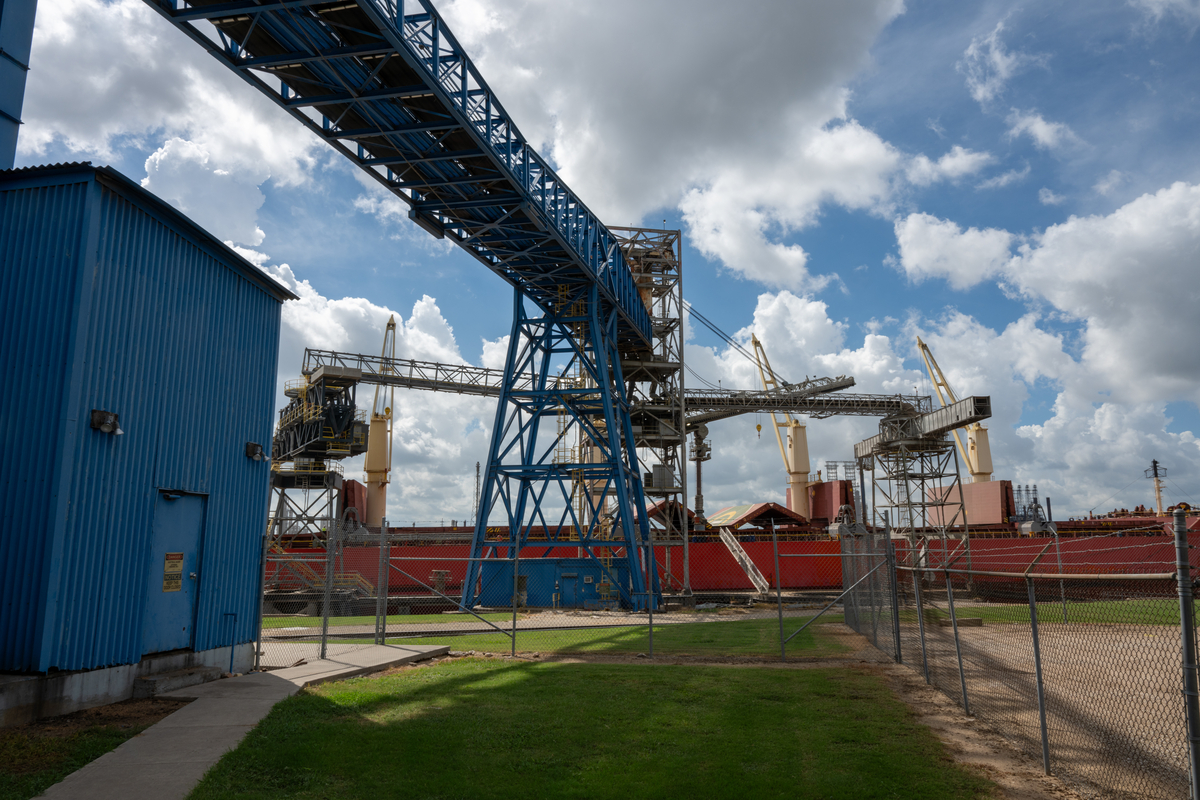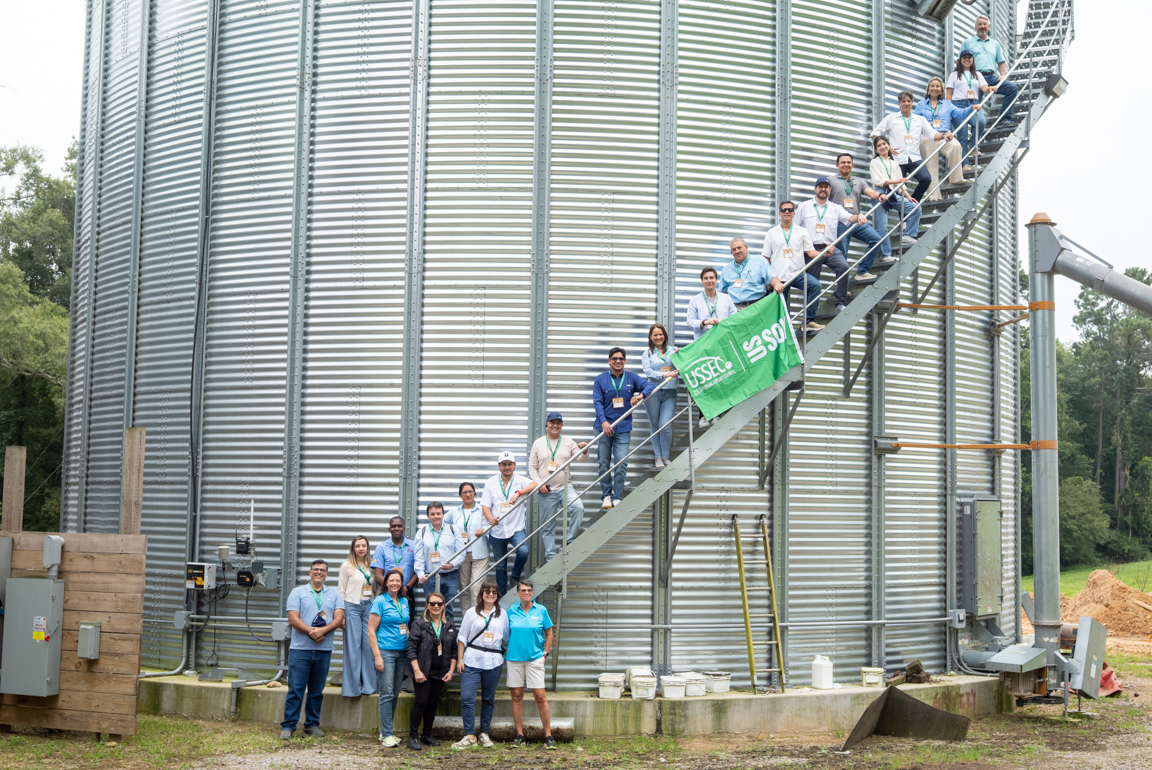Growing the World’s Appetite for Soy, One Conversation at a Time

Even in today’s fast-paced digital world, there is often no faster path to understanding than face-to-face collaboration. The International Animal Nutrition Working Group charts this collaborative track for U.S. soy’s international customers.
Face-to-face meetings mean grabbing passports and hopping on one, two or even four flights to sit down with animal nutritionists, soy buyers and end users. A few U.S. farmers recently traveled to Thailand to meet with members of IANWG. This in-person time promoted the value and benefits of U.S. soy with Southeast Asian buyers.
Supported by the soy checkoff, the IANWG regularly brings together farmers, buyers and end users of soybeans to build relationships and foster understanding of other perspectives, all to ensure U.S. soybean meal delivers the quality customers require. The United Soybean Board, American Soybean Association and United States Soybean Export Council bring together their expertise and talent to this cooperative group, building preference and demand for U.S. soy around the world.
Farmers Tell Their U.S. Soy Story
“Nobody does a better job of promoting U.S. soy than our growers,” said Timothy Loh, USSEC’s regional director in Southeast Asia. “They are a personification of the mission we have. Their message is personal. The contact they make with the customer is genuine.”
Matthew Clark, managing director of FeedGuys in Singapore and a presenter at the meeting, said U.S. soybean farmers give Asian buyers confidence in U.S. soy. The farmers demonstrate they are strong businesspeople, impressing customers with their tech savviness and skill at sharing information.
The meetings are equally as valuable to the farmers who attend.
April Hemmes, USB farmer-leader from Hampton, Iowa, said the personal relationships they develop at the meetings help increase demand for U.S. soy.
“It really makes an impact on them, I believe, and makes them want to ask for U.S. soy more,” said Hemmes. This makes the time commitment of these long trips away from her farm worthwhile. “It just reinforces what we’re doing out on the field.”
Bill Gordon, ASA president from Worthington, Minnesota, enjoys bringing the U.S. soybean farmer’s perspective to the buyers, nutritionists and even other farmers. “I want to help them understand the quality process that goes into U.S. soy production,” he said. “There is great marketing power in U.S. soy’s sustainable growing practices. These practices are very different than those of competitors and differentiate U.S. soy.”
“I think a lot of the world has an image of what the U.S. grower looks like. It’s really not a true image, more of a corporate mindset, corporate farm,” Gordon added. Individual U.S. farmers make the difference. “Especially in Asia, it has always seemed important to see the farmer to understand the quality of the amino acids, the value of U.S. soy.”
Solving Challenges Together
In addition to networking opportunities with soy industry colleagues from around the world, the meetings provide a valuable opportunity for USB, ASA and USSEC representatives to hear about any obstacles to selling U.S. soy. This year, transportation challenges and increasing consistency in supply were among the issues raised.
Together, the group can collaborate on developing solutions.
“I think that’s the only way we’re going to be successful in the future — if we want to keep and grow soybeans in diets in the future, we have to do this together,” Gordon said.
The IANWG expands U.S. farmers’ knowledge of the issues and builds trust with international colleagues. In turn, international members appreciate their concerns are heard and potentially addressed by working directly with farmers-leaders.
Farmers from the U.S. enhance the existing deep relationships USSEC staff develop with these customers. IANWG discussions are an important part of the continual work to remove roadblocks to soy adoption.
Gaining New Perspectives Changes the Work at Home
The ideas shared through IANWG live beyond the thousands of miles and few days together. Members take away many of the latest information to help them improve their work. Nutritionists find checkoff-funded research especially useful to incorporate into their processes. U.S. farmers learn more about the needs of their customers, so they can work to meet those demands.
“There is enormous value in getting in front of people, telling our story, what we do, how we do it and why we do it,” said Hemmes. “That little half of 1% that comes out of my check does an enormous amount of good around the world to help promote our products.”



